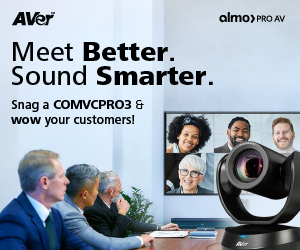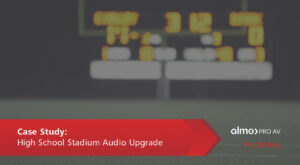Is That True 4K?
While native 4K resolution is commonplace in flat panel displays, there are still many resolution options when choosing a projector, including WXGA (1366×768), WUXGA (1920×1200), 1080p (1920×1080), and various options to achieve 4K (3840×2160). As an alternative to the high cost of using native 4K chipsets, many projector manufacturers offer a form of “pixel shifting” to achieve 4K resolution on the screen. To add to the confusion, manufacturers have their own terms to describe this feature, including 4K Enhancement, 4K-Ready, E-Shift, XPR, etc., depending on the brand you are working with.
Simply put, pixel shifting uses a WUXGA or 1080p chip and, with advanced processing, shifts each pixel either diagonally or horizontally and vertically at rapid speeds, creating multiple sub-frames that are combined to produce a higher resolution image on screen. The process happens so fast that our eyes are not able to detect the individual frames, resulting in an image that rivals native 4K at a significantly reduced cost. Additionally, it is important to note that there is more than one method of pixel shifting. For this article, I will refer to the terms used by Epson to describe them.
![]()
4K Enhancement was introduced first and has now been on the market for several years. Projectors that feature 4K Enhancement can receive 4K (3840×2160) signals and project ultra high definition (UHD) images by shifting each pixel diagonally by 0.5 pixels, effectively doubling the on-screen resolution to approximately 4.15 million pixels. This allows support for a wider range of available input resolutions in a given system and displays image quality higher than HD when showing 4K content.
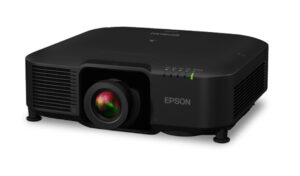 More recently, a new type of pixel shifting has been introduced, which Epson is calling 4K Crystal Motion. In this case, the pixel shifting happens both horizontally and vertically, effectively quadrupling the resolution of the 1080p chips to show 4K (3840×2160) with 8.3 million pixels on the screen. Here, a very critical eye would be required to discern the difference between this image and one coming from native 4K chipsets, while projectors using this technology are also significantly less expensive than those offering native 4K.
More recently, a new type of pixel shifting has been introduced, which Epson is calling 4K Crystal Motion. In this case, the pixel shifting happens both horizontally and vertically, effectively quadrupling the resolution of the 1080p chips to show 4K (3840×2160) with 8.3 million pixels on the screen. Here, a very critical eye would be required to discern the difference between this image and one coming from native 4K chipsets, while projectors using this technology are also significantly less expensive than those offering native 4K.
Lastly, there is native 4K, where the projector uses advanced imaging chips with no pixels being shared, providing the utmost accurate presentation of the source signal and resulting in the highest possible quality, but at an additional expense compared to pixel shifting. So which one should you consider? This will depend on a variety of factors, including but not limited to image size, viewing distance, source content, the resolution of the source material, and budget.
With larger image sizes, the potential for a user to see the individual pixels on screen increases; however, this is reduced when viewing distance increases. Additionally, the type of content being displayed matters. Naturally, a PowerPoint presentation would not require the same level of detail as spreadsheets or engineering drawings, and it’s possible the client may not even have 4K resolution content in the first place.
Like any other project, the key to success is understanding the needs and vision of the client and then providing the best solution given their budget. Look closely at specifications to be sure you are getting the right projector for the intended purpose. The bottom line is projectors that use pixel shifting will allow you to display 4K content with an image quality rivaling native 4K projectors at a significantly reduced cost and will meet the needs of many commercial video projects.
Have more questions? Contact Exertis Almo for a consultation.
Check out one of Brian’s other blogs, “5 Keys to Selecting a New Projector“.


 Step One: Size It Up
Step One: Size It Up Step Three: Brightness Levels
Step Three: Brightness Levels For example, you can quickly tell that the 75UL has fewer features than the 75UH just by the “UL” in the model number. Meanwhile, comparing the 75UH5J-M to the 75UH5E-B, you’ll notice the differences are minor. However, changes like the webOS version could make or break your project, so always double-check the specs before finalizing your choice!
For example, you can quickly tell that the 75UL has fewer features than the 75UH just by the “UL” in the model number. Meanwhile, comparing the 75UH5J-M to the 75UH5E-B, you’ll notice the differences are minor. However, changes like the webOS version could make or break your project, so always double-check the specs before finalizing your choice!
 Before installing audio equipment, it’s important to evaluate the space itself, as there are many factors that affect audio quality. It’s essential to consider the acoustics of an environment, as a particular space might require a few changes to adjust the echo and create a more comfortable listening experience once the audio equipment is installed.
Before installing audio equipment, it’s important to evaluate the space itself, as there are many factors that affect audio quality. It’s essential to consider the acoustics of an environment, as a particular space might require a few changes to adjust the echo and create a more comfortable listening experience once the audio equipment is installed. See the products in action.
See the products in action.



 All-in-one DVLED displays are a great option as they do not require external LED controllers/sender units to operate since all the required components are built into the unit, so it functions like a standard monitor, and there are typically several predefined sizes to work in various environments. The other option for DVLED is a custom video wall solution. Custom DVLED walls are a good option when you have an application requiring a specific size display, atypical aspect ratio, or need specific resolutions or brightness levels. Custom DVLED allows the user the broadest choice in selecting products to meet the needs of their individual application, but generally requires a more complex installation using external LED controllers/sender units.
All-in-one DVLED displays are a great option as they do not require external LED controllers/sender units to operate since all the required components are built into the unit, so it functions like a standard monitor, and there are typically several predefined sizes to work in various environments. The other option for DVLED is a custom video wall solution. Custom DVLED walls are a good option when you have an application requiring a specific size display, atypical aspect ratio, or need specific resolutions or brightness levels. Custom DVLED allows the user the broadest choice in selecting products to meet the needs of their individual application, but generally requires a more complex installation using external LED controllers/sender units.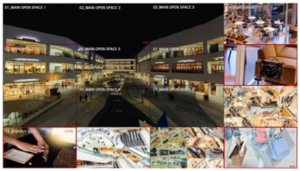 In this example, after talking with the client, it was determined that the better way to achieve their goals was to use LCD technology due to one primary factor, resolution. The client stated that they wanted to have multiple unique images on the display simultaneously, up to 9 different sporting events or advertisements on the wall at any given time. While it is possible to show the required number of images on the DVLED display using external video processing, the resolution of each image would end up being very low using the DVLED display discussed.
In this example, after talking with the client, it was determined that the better way to achieve their goals was to use LCD technology due to one primary factor, resolution. The client stated that they wanted to have multiple unique images on the display simultaneously, up to 9 different sporting events or advertisements on the wall at any given time. While it is possible to show the required number of images on the DVLED display using external video processing, the resolution of each image would end up being very low using the DVLED display discussed.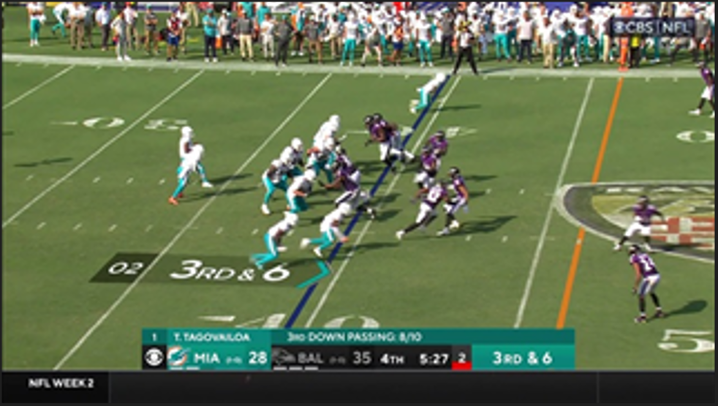
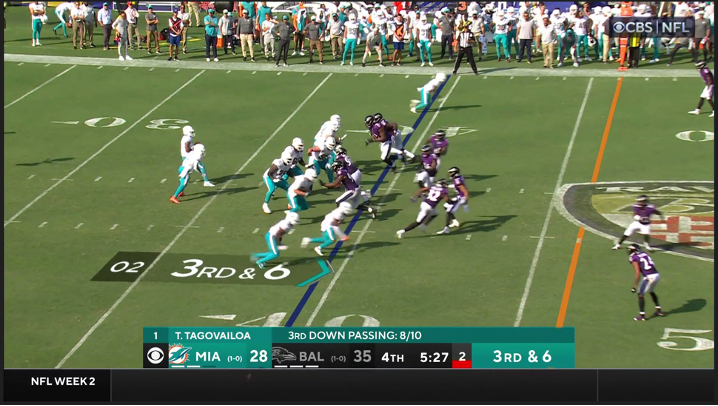




 As I write this article, my truck is in the shop having new tires put on. Buying tires is one of my least favorite purchases of all time!!! Yet every few years I go through the same process. Gather my tire size information, check some tire websites, identify my needs in terms of performance (I live in Buffalo, NY, so a tire that performs well in the snow is a must!!!), establish my budget, read some reviews, select my top picks, shop prices, book the appointment.
As I write this article, my truck is in the shop having new tires put on. Buying tires is one of my least favorite purchases of all time!!! Yet every few years I go through the same process. Gather my tire size information, check some tire websites, identify my needs in terms of performance (I live in Buffalo, NY, so a tire that performs well in the snow is a must!!!), establish my budget, read some reviews, select my top picks, shop prices, book the appointment.
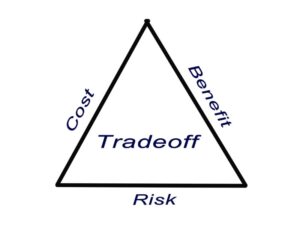
 Balancing these tradeoffs requires careful planning and consideration of the project’s specific needs and constraints. Conducting a feasibility study and involving all stakeholders in the planning process can help identify the best approach
Balancing these tradeoffs requires careful planning and consideration of the project’s specific needs and constraints. Conducting a feasibility study and involving all stakeholders in the planning process can help identify the best approach 
 Of course, this naïve and incorrect view was the result of being on only one side of the fence. In the following years, I have been lucky enough to serve in several different roles throughout the industry, from design engineer at a major university, to project engineer, to consultant. Each of these roles has presented different sets of challenges, but more importantly, they have allowed me to see the industry from both sides of the fence, and how each of these roles complement each other to produce satisfactory results for clients and end users.
Of course, this naïve and incorrect view was the result of being on only one side of the fence. In the following years, I have been lucky enough to serve in several different roles throughout the industry, from design engineer at a major university, to project engineer, to consultant. Each of these roles has presented different sets of challenges, but more importantly, they have allowed me to see the industry from both sides of the fence, and how each of these roles complement each other to produce satisfactory results for clients and end users. Why then do we need to have design drawings at all? Why can’t the Project Engineer simply take the end user’s goals and design the system to construction level all by themselves without the need for a Design Engineer?
Why then do we need to have design drawings at all? Why can’t the Project Engineer simply take the end user’s goals and design the system to construction level all by themselves without the need for a Design Engineer? AV integrators, by their nature, must have relationships with the manufacturers of products that they sell and install. To ensure competitive pricing, on-time delivery, and pre- and post-sale support, integrators must cultivate and maintain these manufacturer relationships. Through no fault of their own, this means that integrators will tend to want to sell products provided by manufacturers with which they have good relationships.
AV integrators, by their nature, must have relationships with the manufacturers of products that they sell and install. To ensure competitive pricing, on-time delivery, and pre- and post-sale support, integrators must cultivate and maintain these manufacturer relationships. Through no fault of their own, this means that integrators will tend to want to sell products provided by manufacturers with which they have good relationships.

